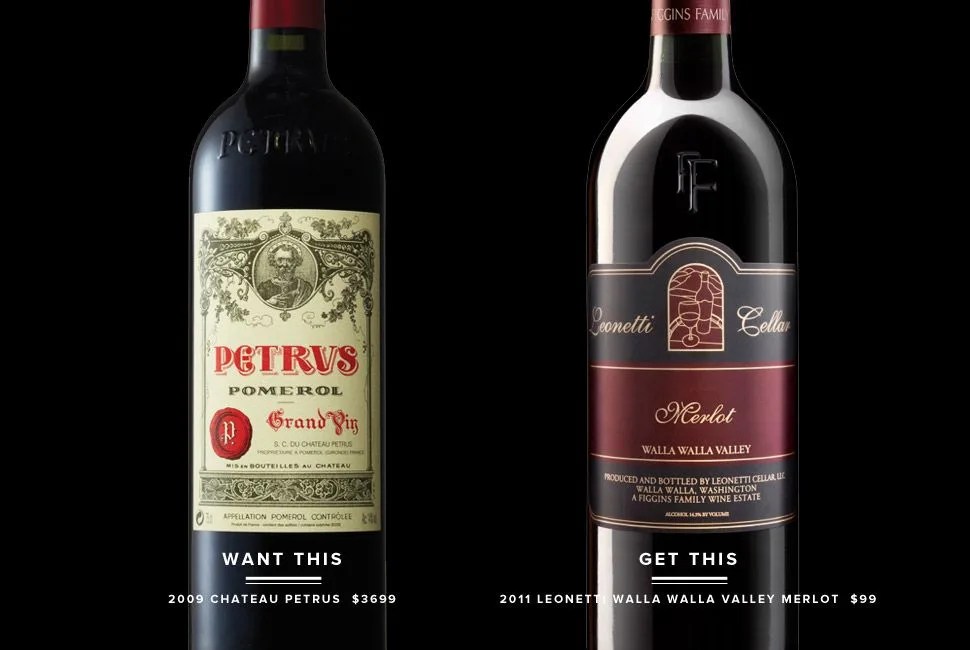Editor’s Note: You know the pinnacle of wine-making remains in France. Well, so do all those newly minted Chinese millionaires, and they’ve driven the price of Old World red wines sky high. This is especially true for top-end Bordeaux, which carry the highest cache among French wines. Those of us without a state-sponsored fortune, trust fund, or impending Wall Street bonus, however, have to look elsewhere for quality wine. Here are two splurge-caliber choices, made in the same style, of the same grape — merlot — though one comes without the inflation of appellation. And lest anyone feels a Sideways rant coming on, these are not your watery, over-planted California merlots.
MORE WANT THIS GET THIS: Porsche Cayman or Scion FR-S | BMW X5 M or Jeep Grand Cherokee SRT8 | Sharp Elite Pro 60X5FDor Panasonic TC-PST60
2009 Chateau Petrus
Imagine drinking a glass full of rubies. Approaching four grand a bottle, Chateau Petrus is almost as expensive, though a far more pleasant quaff. While perennially a top pick, the 2009 Petrus was a particular standout, rated 100 points by Robert Parker’s Wine Advocate — a perfect score reserved for the rarest, finest of vintages. With a history dating back to 1837, the vineyard is on the “Right Bank” of Bordeaux’s Gironde River in the Pomerol zone, where wines are characterized by a predominance of merlot grapes. (In contrast, Left Bank zones rely more heavily on cabernet sauvignon.) Christian Mouiex took over Petrus in 1970, and in 1973, became one of the first to practice “eclaircissage”, or vine trimming, a practice that reduces yields but increases grape quality. This, combined with a vineyard located on the highest point in Pomerol (this exposes the vines to cooling winds) and a terroir of heavy clay soil over an iron sub-soil has helped Petrus establish itself as the premier merlot. Though Pomerol wines are unranked, Petrus compares favorably with the premier crus of the other Bordeaux regions.
Petrus is almost always exclusively merlot (occasionally cabernet franc is added), and the 2009 is no exception. With merlot grapes’ dense plum color, this vintage carries the Petrus signature mulberry notes complemented with black cherries, tobacco and licorice. This an opulent wine, redolent with fruit and big mouth feel that one taster referred to as “fleshy”. A 2009 vintage means the Petrus is still young, likely to come of age in the next five years, but with the requisite acid to remain good cellared for another 35.
